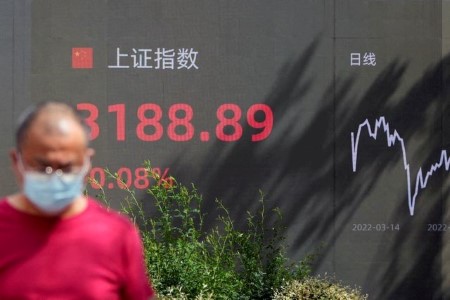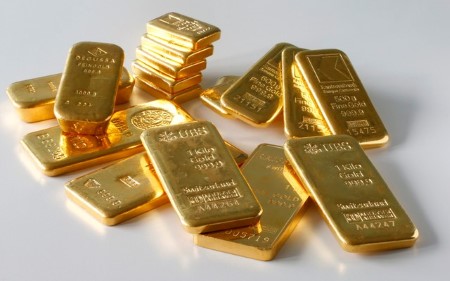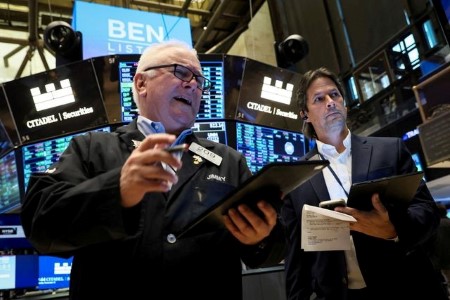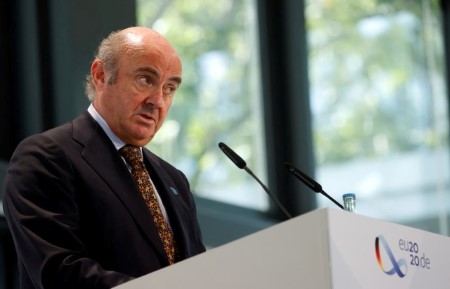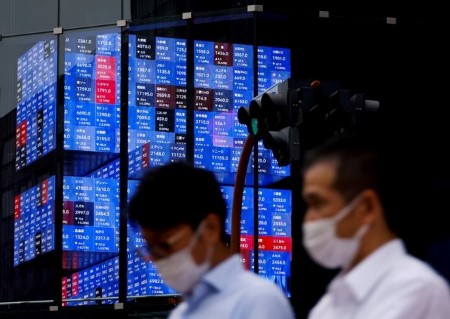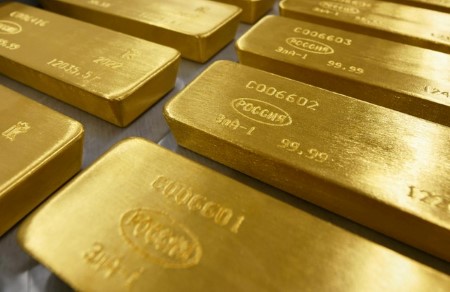MANILA, Dec 5 (Reuters) – The Philippines on Monday lowered its economic growth target for 2023, taking into account an anticipated weakening in global activity, but retained its expansion goals for the succeeding five years.
The Southeast Asian nation’s economy is now expected to grow 6.0%-7.0% next year, a lower and narrower range compared with the previous official goal of 6.5%-8.0%, the inter-agency Development Budget Coordination Committee (DBCC) announced in a media briefing.
“It is the global slowdown that is affecting the adjustment,” Finance Secretary Benjamin Diokno said.
Last week, International Monetary Fund (IMF) Managing Director Kristalina Georgieva said the chance of
global growth falling below 2% next year was increasing due to the effects of the war in Ukraine and simultaneous slowdowns in Europe, China and the United States.
The DBCC, however, kept the growth target for 2024-2028 at 6.5%-8.0%.
For 2022, officials said the economy was on track to meet the growth goal of 6.5%-7.5%, faster than the 5.6% expansion in 2021, after the government removed nearly all COVID-19 restrictions and allowed more business activities to resume.
The government also revised its foreign exchange rate assumptions.
It expects the peso to trade against the U.S. dollar at 54-55 in 2022 compared with the previous assumption of 51-53, at 55-59 in 2023, and at 53-57 in 2024, compared with the previous forecast of 51-55 for 2023 onwards.
Trading around the 55 territory on Monday after plunging to a record low of 59 in recent weeks, the peso PHP= has recovered against the dollar thanks to a series of interest rate hikes by the Bangko Sentral ng Pilipinas (BSP) to match U.S. Federal Reserve’s aggressive tightening.
The BSP will likely hike rates at its Dec. 15 meeting by either 25 or 50 basis points, Governor Felipe Medalla said last week.
Meanwhile, economic officials, during the same briefing, supported the establishment of a
sovereign wealth fund, even as Medalla has voiced caution over the proposal, stressing the importance of transparency.
The Philippines’ bicameral legislature on Monday approved a record 5.268 trillion pesos (USD 94.4 billion) for the 2023 national budget, the first full-year spending plan under President Ferdinand Marcos Jr.
(USD 1 = 55.8050 Philippine pesos)
(Reporting by Neil Jerome Morales and Karen Lema; writing by Enrico Dela Cruz; Editing by Kanupriya Kapoor)







 DOWNLOAD
DOWNLOAD




